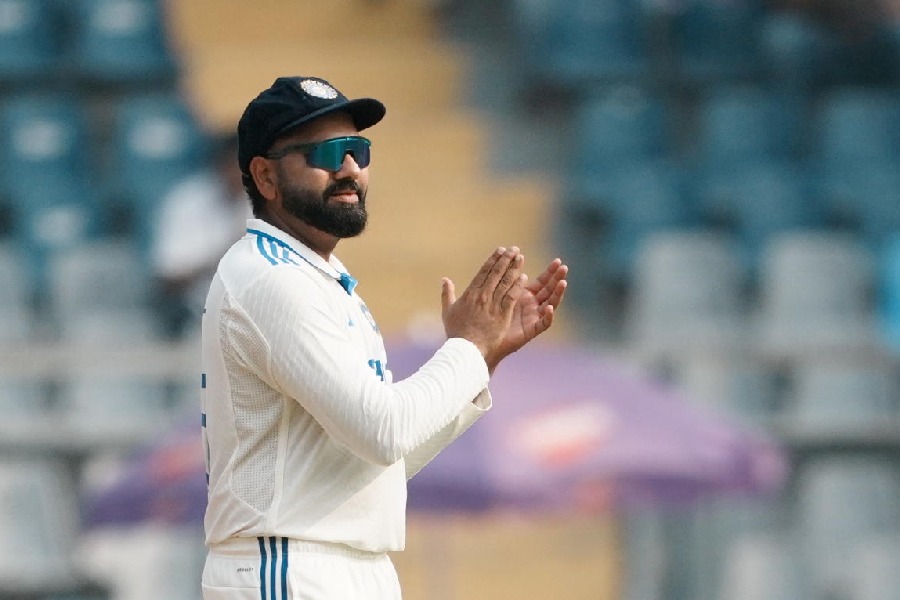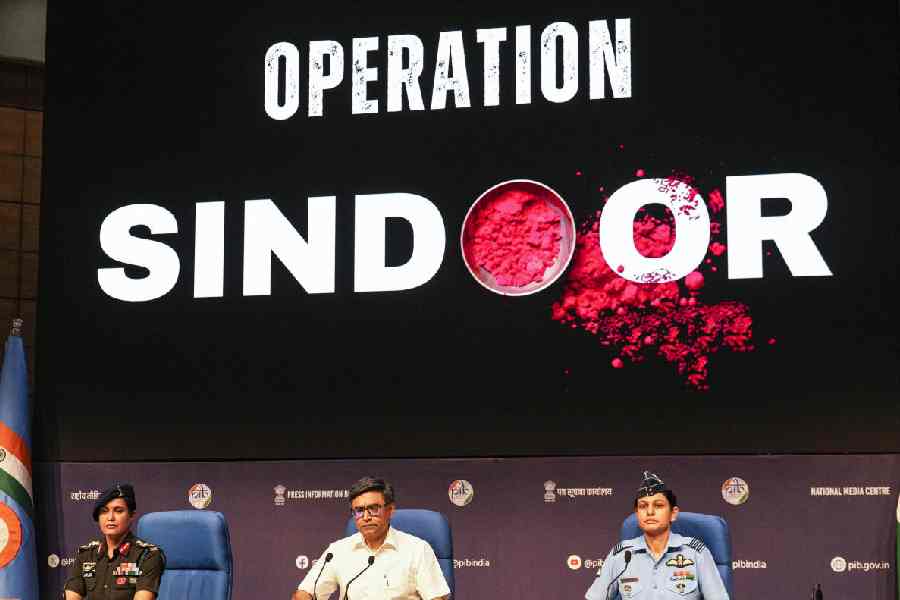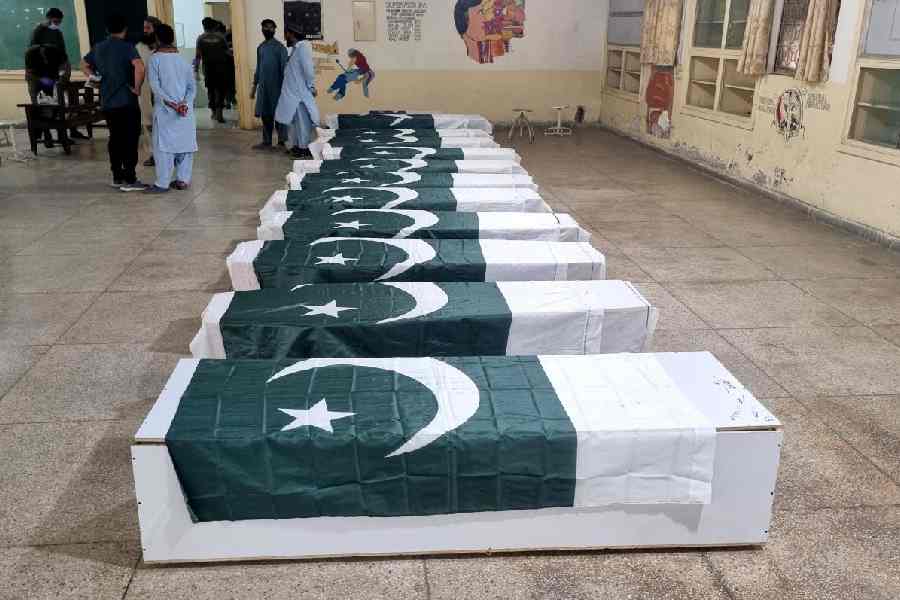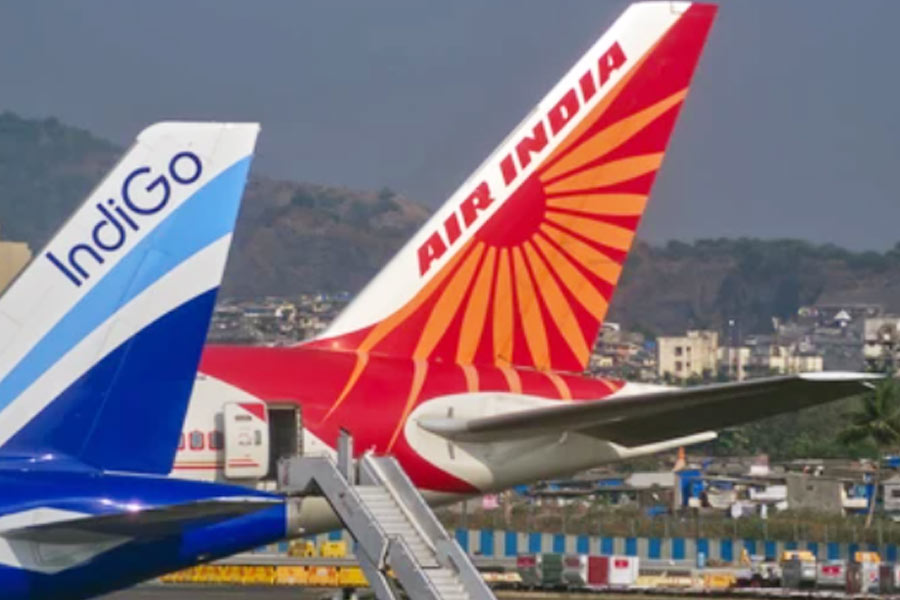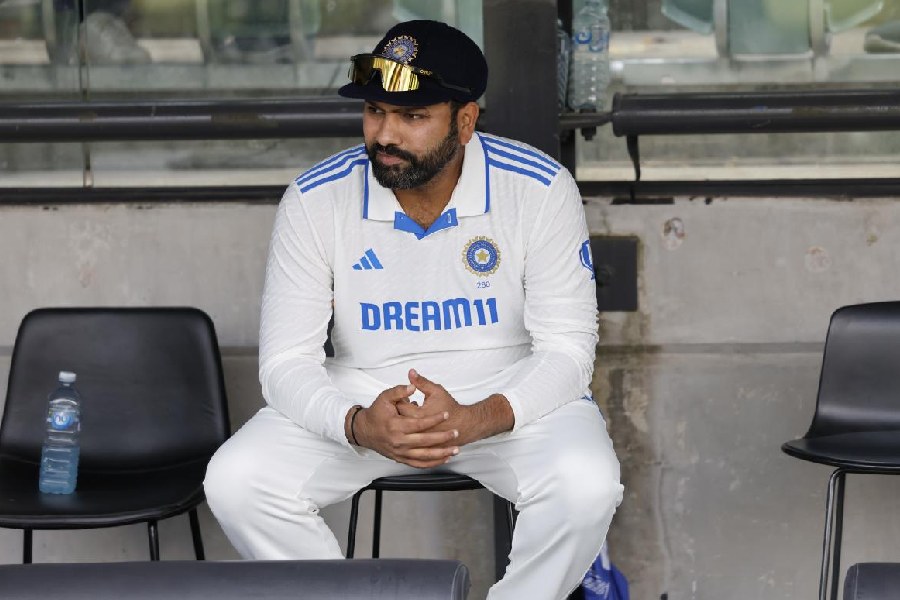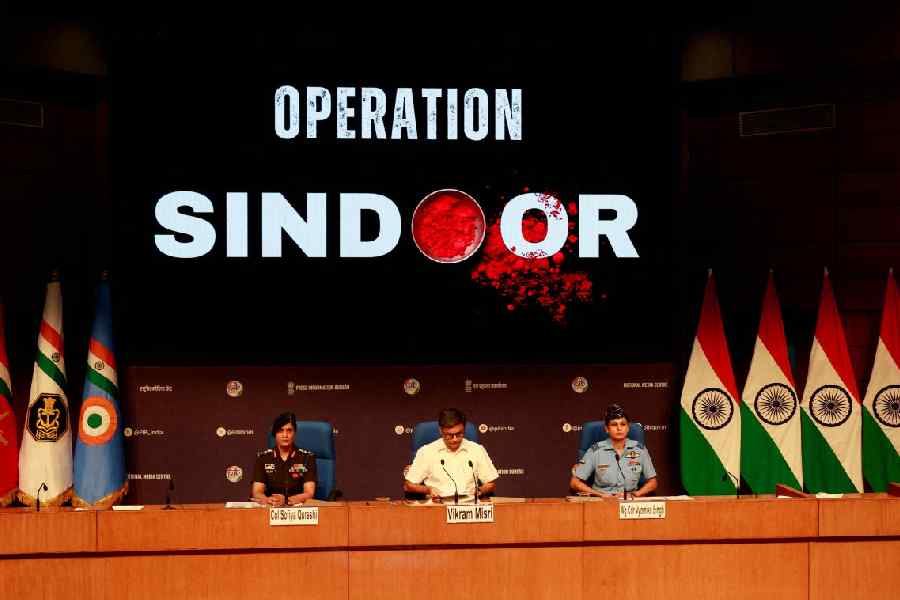|
|
| Sachin in a straight drive |
Returning to desh after an overlong stay abroad, I was ready to receive the normal irritations of life in the capital with a broad smile and an even broader mind. Here, to welcome me back, was the best weather north India could offer: lovely, soft early ?winter? mornings, brilliant afternoon light, the serious cold obviously still a few weeks away but the temperature just cool enough to justify the consumption of alu paranthas and the like, and then the evening walk in Lodhi Gardens to walk off the said paranthas followed by drinks on the terrace at night among the corpses of recently dead mosquitoes ? all pretty perfect, in short. What, compared against this heaven, was my conked out telephone? Or its revival, accompanied by Diwali baksheesh three weeks after Diwali and the crackle that spiced every call once the line did come alive? All that the occasional load-shedding and the sudden disappearance of water from the tap made me feel was the warmly familiar bosom of home. The loud blare of horns below my window at 5.30 am on certain mornings, and the rich waft of the gandaa naala on alternate ones, just conspired to reassure me that the world could fall apart, Falluja could burn and the polar ice-caps melt, but Dilli would always stay Dilli and, following from this, India would always be India. This sunny outlook toward my homeland lasted for about three days. Or, to be absolutely precise, it lasted till the moment I switched on the TV to watch the first day of the Kanpur test.
In the circumstances, the word ?watch? is a hilariously inappropriate one. I found myself trying to peer at the game over the ticker ads banding past just above the score window, found myself tearing my hair out as the main ads butchered right into the middle of action replays and commentator?s remarks the millisecond players finished playing the last ball of each over. As TV coverage goes, it was ruthlessly crude, cheap and stupid. Well, perhaps not too cheap for the fish-market of advertisers who have lined up to have their brands can-can all over the screen as the ?game? continues in the background, but infuriating for millions of the rest of us, I?m sure.
And I don?t care whether some satrap or whichever of his money-grubbing frontmen at the Board botched the sale of the TV rights and handed them by some circuitous route to Doordarshan. Nor, at this point, am I going anywhere near the question of what the BCCI does with the oil-tanker-loads of money it pulls in, crucial though that debate remains. As far as I?m concerned, the BCCI and whichever channel it is that takes on the responsibility of carrying India?s international cricket games together enter a pact with the Indian cricket fan, a simple, unspoken, unwritten contract: ?No matter how many bodies we jam-pack into the stadiums, no matter how many billboards with which we surround the green, no matter what astronomical per-second charge we extract from the TV advertisers, at the bare minimum we undertake to bring you the cricket in its entirety, in all its richness and variety.?
This should mean that we don?t get Amitabh Bachchan trying to stuff our faces with Chyawanparash or Shah Rukh Khan trying to stuff Preity Zinta into a Santro just when the ball has crossed the boundary or a wicket just fallen. It should mean that we get the replays first, along with the relevant commentary, and the ads only afterwards. This should mean that, at crucial periods of play when the change-across between overs can be quite quick, we don?t always, always cut to 30 seconds of commercial drivel, that sometimes it can be as long as two, or even three, overs before we have to pull away from Viru-beta chewing into a bowling attack to Viru-beta chewing into fruit and hard nuts.
Impossible? Foolish talk in today?s highly commercialized world? I don?t think so. All it needs is an independent television standards body that regulates the ratio between programming and advertising to make sure that viewers do occasionally get to see the daylight of programming through the thicket of commercials. Other countries already have variations of this television watchdog, and they monitor all kinds of things from complaints about the content and frequency of TV ads to the suitability of the programmes shown during times children are usually awake. With a little will, I?m sure we in this country can work towards setting up a similar body because there is no reason why anyone should continue to trust the civic sense of warring channel bosses and leave them free to reduce our television space to an endless traffic-jam of ads.
******
Talking of traffic-jams and space, coming back after just ten months I find that the shrinking of space on this city?s streets is frighteningly palpable. And, while it?s bad enough being in a car, what is really scary is the extent and the rate at which the pedestrian continues to be marginalized, even in a city like Delhi that is not terminally cramped by old colonial mistakes like Calcutta and Bombay. Let me quickly confess that I am among those criminals who contribute to global warming by driving around in their air-conditioned automobiles, but equally quickly let me say that, quite often, I also walk ? to visit friends who live nearby, to the bazaar to get my food, and sometimes just for the heck of it. What I found upon my return, even as I fulminated against being carpet-bombed by TV ads, was that this walking business ? never a wholly pleasant experience even in this part of town ? has now turned hellishly dangerous. Sidewalks seem to have turned into moonscapes. Crossings, likewise, have become obstacle courses. And, god forbid, should you find yourself on one of those stretches of road where there isn?t even a pretence of a pavement, then motorists simply treat anyone on foot or bicycle as a target in a shooting gallery.
Often after a narrow escape from a homicidal steering-wielder, I find myself wondering ? has that guy ever walked on a road in his life? For, otherwise, this complete evaporation of the concept of basic sahanubhuti from Indian urban life is close to baffling.
If one pulls away from the specifics of this particular horror and looks at a larger picture, the overall strangling of space emerges even more sharply: whether it?s on television or on the roads, whether it?s in the fact that most of our newspapers have stopped carrying much news or serious comment or in the visible-audible dying out of our languages and vocabularies, the stark reality is that both our world as well as our world-view are imploding under stress. And when I say ?our world? I am not even talking about the majority of India?s citizens but only of the urban lower-middle to richer classes, the very segments which are said to benefit most directly from the ?opening up? of our economy, from supposedly benign globalization, from the much-touted new ?growth? the country now purportedly enjoys.
While one could leave it to the very brave or foolhardy to get into examining the spiritual or psychic damage being wrought, it might be an idea for someone more down-to-earth to carry out a cost-benefit analysis on the quality of the non-working class urban Indian?s quotidian life, draw cogent conclusions, and then force the authorities to take firm and rapid steps based on those conclusions. For example: what do we (as in the urban middle-class) lose, for every new car on our roads or for every inch of road widened or for every new flyover that is built? What is the actual cost in terms of the ?happiness quotient? for every piece of hardware or software exported? What does every ad actually cost us, in terms of increasing psychological problems? What does every packet of chips or every bottle of soft drink cost us in terms of increasing obesity and general bad health among middle-class children? How many local terms and phrases do we lose permanently for every new bit of American or European jargon we blindly adopt?
Someone aspiring to be reasonable may well ask why anybody should embark on this lunatic survey when, as a country, it seems we only spend something like 3000 crore on the health and nutrition of all of our rural children while showering roughly 77,000 crore on defence. That kind of question, I?m afraid, completely misses the point. It may be a while before the millions of underfed, education-robbed village kids grow strong enough to revolt. On the other side of that seesaw, the military certainly doesn?t look too unhappy. But, in a country desperately looking to hang on to a modicum of stability, the lower to upper urban middle-class is sitting on a powder-keg of its own making. And all it could take for a nation-wide metropolictic apocalypse to break loose is just one more ad for some ?fairness? cream cutting into the slow-motion replay of Tendulkar finally rediscovering his straight drive.



